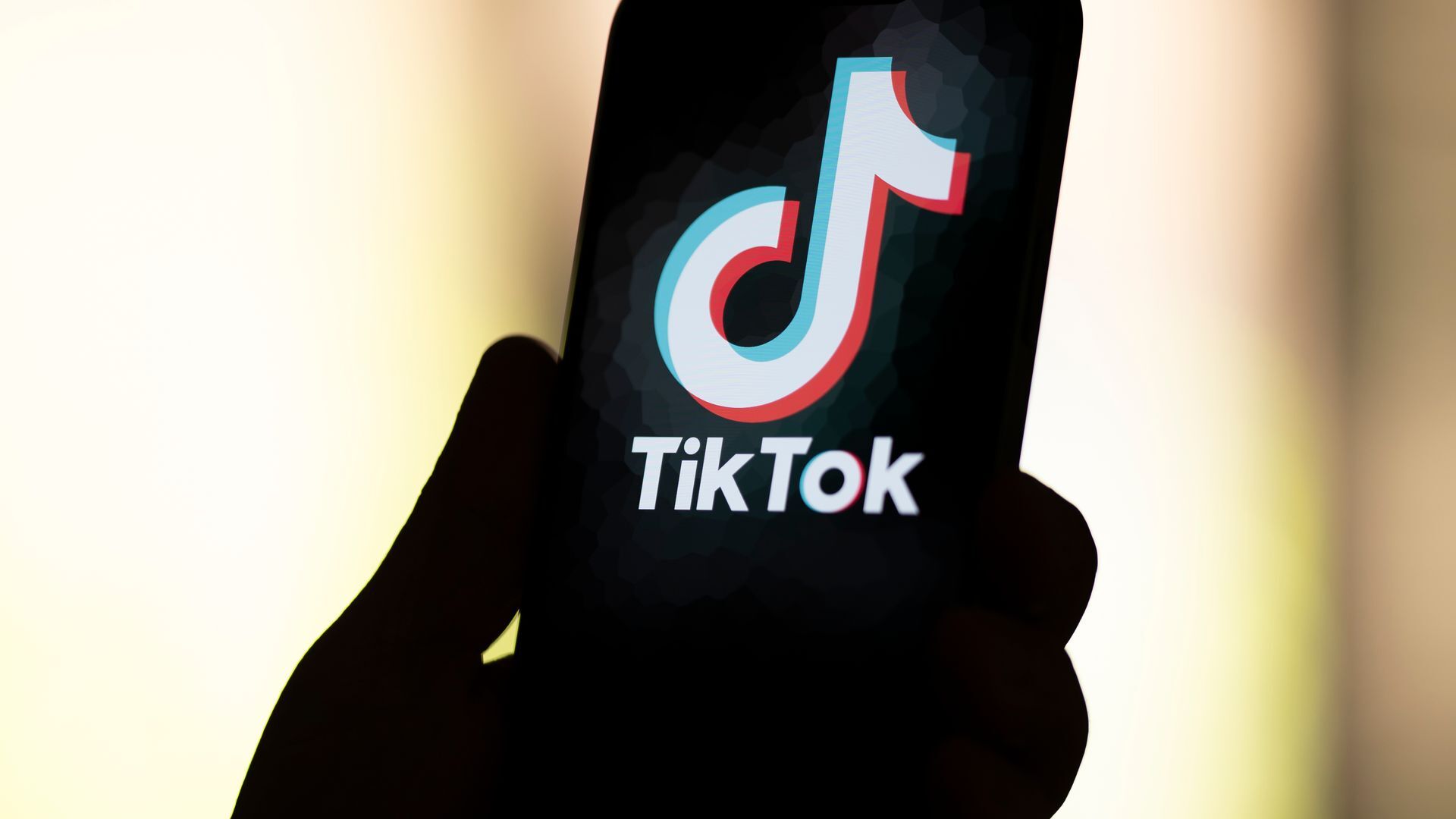
[KARAH RUCKER]
DOES TIKTOK SUPPRESS CONTENT THAT DOESN’T ALIGN WITH THE CHINESE COMMUNIST PARTY? ONE STUDY SUGGESTS IT DOES.
COMPARING THE VOLUME OF POSTS ON CONTROVERSIAL TOPICS ON INSTAGRAM TO TIKTOK.
CONCLUDING THAT THE RATIO COMPARISONS PROVE CERTAIN TOPICS ARE NEARLY OFF LIMITS ON THE PLATFORM.
BUT THE CATO INSTITUTE IS HIGHLIGHTING WHAT IT CALLS “LIMITATIONS” TO THE STUDY.
WE’LL SHOW YOU HOW THE ORIGINAL STUDY REACHED ITS CONCLUSION.
AND THE METHODOLOGY USED, WHICH COULD OFFER ANOTHER EXPLANATION FOR A LACK OF SENSITIVE TOPICS ON THE PLATFORM.
THE STUDY REVOLVES AROUND RATIOS – THE NUMBER OF POSTS ON INSTAGRAM COMPARED TO TIKTOK IN SEVERAL CATEGORIES.
ON INSTAGRAM – THERE’S ABOUT TWICE AS MANY POSTS WITH POP CULTURE HASHTAGS THAN THAT ON TIKTOK.
THIS MAKES SENSE BECAUSE THE STUDY POINTS OUT INSTAGRAM HAS A LOT MORE USERS – SO THERE’S GOING TO BE MORE POSTS.
WITH U.S. POLITICS, THE RATIO STAYED ABOUT THE SAME.
FOR EVERY TWO INSTAGRAM POSTS RELATED TO U.S. POLITICS THERE WOULD BE ONE ON TIKTOK.
WHILE MANY TOPICS STAYED IN THIS TWO TO ONE RANGE, WHEN LOOKING AT HASHTAGS OF MORE CONTROVERSIAL CATEGORIES – THAT RATIO WIDENED DRAMATICALLY.
FOR EXAMPLE, FOR HASHTAGS USED IN SUPPORT OF UKRAINE THERE WERE 8 AS MANY POSTS ON INSTAGRAM THAN TIKTOK. SUPPORT FOR UKRAINE IS NOT A CHINESE INTEREST – THEY BACK RUSSIA.
ON MORE SENSITIVE TOPICS – THE RATIO DIFFERENCE WAS EVEN LARGER.
“FREE UYGHURS” WAS 58 TO ONE.
HASHTAG “AMAZING TAIWAN” WAS USED MORE THAN ONE MILLION TIMES ON INSTAGRAM.
COMPARED TO ONE THOUSAND ON TIKTOK.
“HASHTAG HONG KONG PROTEST,” 206 TO ONE.
BUT HASHTAGS FRIENDLY TO CHINESE INTERESTS SAW A FLIP-FLOP.
HASHTAG “STAND WITH KASHMIR” SAW MORE THAN 600 POSTS ON **TIKTOK FOR EVERY ONE ON INSTAGRAM.
THE STUDY CONCLUDES –
“It is challenging to imagine that activity of such magnitude could occur on a platform organically, and without the knowledge and consent of the platform itself…We assess a strong possibility that content on TikTok is either amplified or suppressed based on its alignment with the interests of the Chinese government.”
TIK TOK CALLED THE STUDY FLAWED BASED ON ITS METHODOLOGY.
THE SAME CONCLUSION THE CATO INSTITUTE REACHED.
CATO SAYS TIKTOK USERS VERSUS INSTAGRAM’S HAVE VERY DIFFERENT INTERESTS –
GIVEN THE AGE DIFFERENCE OF ITS USERS.
TIKTOK’S AUDIENCE IS MUCH YOUNGER.
25% OF TIK TOK USERS ARE AGES 10 TO 19.
ROUGHLY 8 PERCENT OF INSTAGRAM USERS ARE TEENAGERS.
A GENERATION WHO MAYBE ISN’T KEEPING UP WITH CHINA’S POLITICAL ISSUES.
WHICH MIGHT BE WHY THE RATIOS VARY SO DIFFERENTLY.
ANOTHER PART OF THE METHODOLOGY QUESTIONED?
THE TWO APPS’ TIMELINES.
INSTAGRAM DATES BACK TO 2010.
COMPARED TO TIKTOK’S 2017 LAUNCH.
IN THE SEVEN YEARS IN BETWEEN, PUBLIC DISCOURSE OVER CERTAIN ISSUES SPIKED AT DIFFERENT TIMES.
TAKE THE ISSUE OVER TIBET. THERE WERE 37 TIMES AS MANY POSTS ON INSTAGRAM THAN TIKTOK.
BUT THERE WAS MORE ACTIVISM OVER THE ISSUE IN THE YEARS OF TIKTOK’S ABSENCE.
WHETHER IT BE PURPOSEFULLY DONE BY THE APP OR BECAUSE OF USERS’ PERSONAL PREFERENCES –
TIK TOK DOES HAVE SIGNIFICANTLY LESS CONTENT TAGGED UNDER CONTROVERSIAL HASHTAGS THAT WOULD UNDERMINE THE CHINESE GOVERNMENT.
BUT NOW – ONE OF THE TOOLS USED BY ALGORITHM CRITICS TO TRACK HASHTAG POPULARITY –
HAS BEEN RESTRICTED BY TIKTOK.
A SPOKESPERSON SAYING ITS BEEN “MISUSED TO DRAW INACCURATE CONCLUSIONS.”
THIS IS STIRRING UP YET ANOTHER TIKTOK CONTROVERSY BUT THAT’S NOTHING NEW. CONCERNS OVER PRIVACY, CALLS FOR IT TO BE BANNED HAVE LARGELY FIZZLED OUT OF THE LATEST NEWS CYCLE.
USERS – REMAIN CAPTIVATED AS ITS POPULARITY CONTINUES TO SOAR IN SPITE OF THE CONTROVERSIES.







